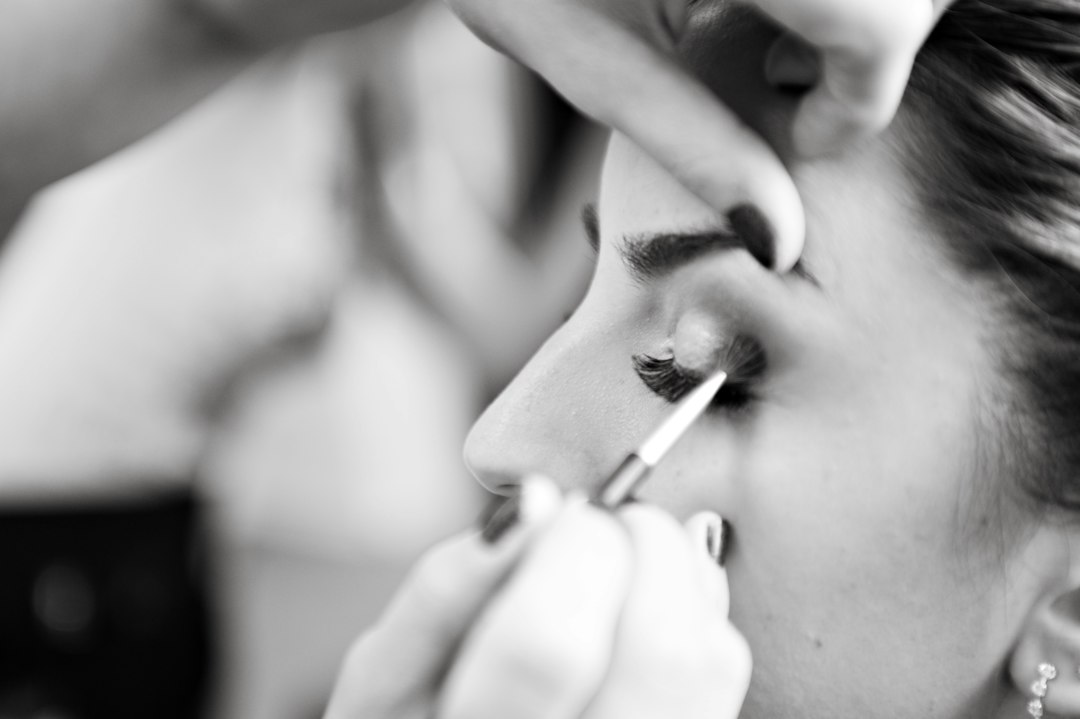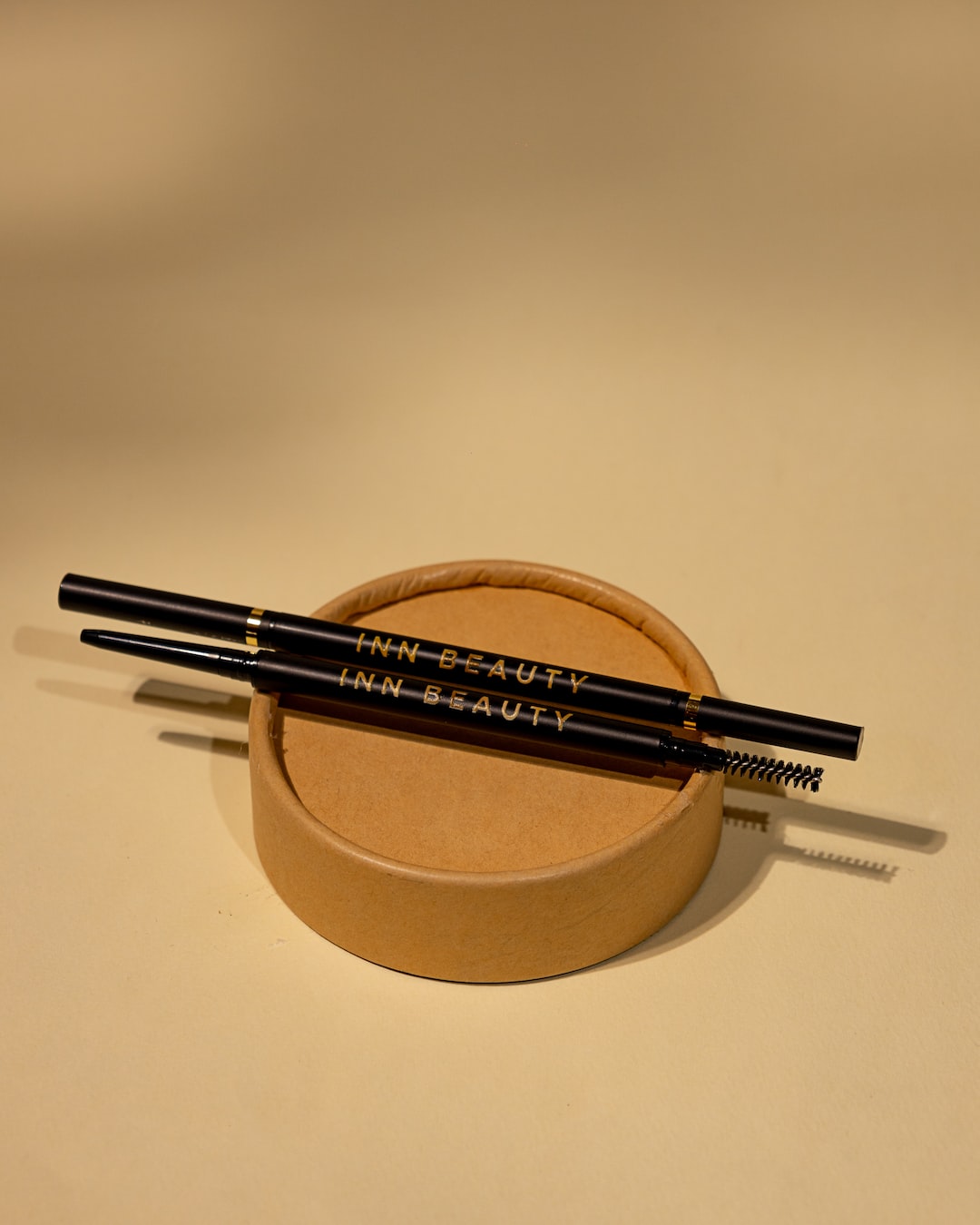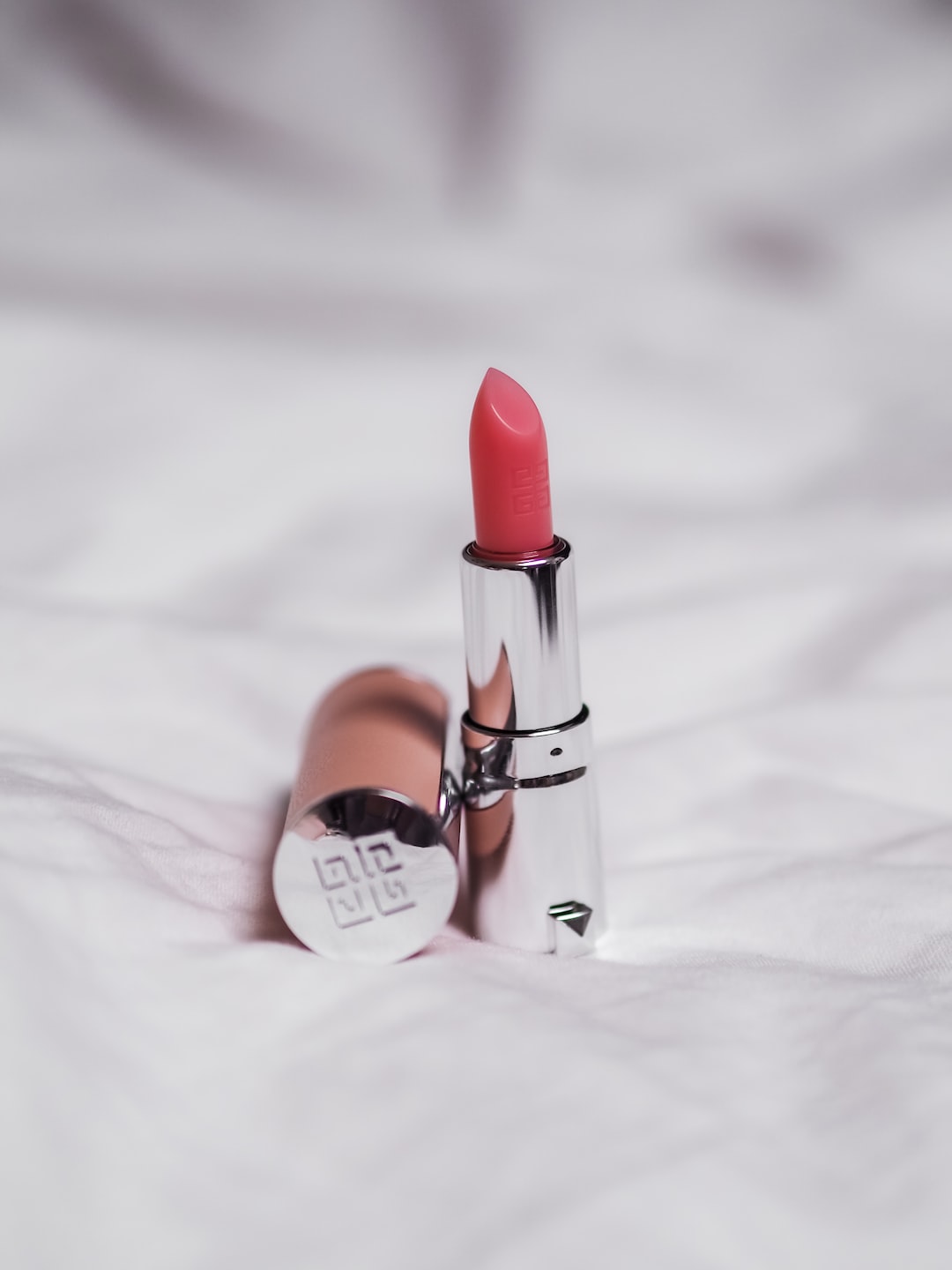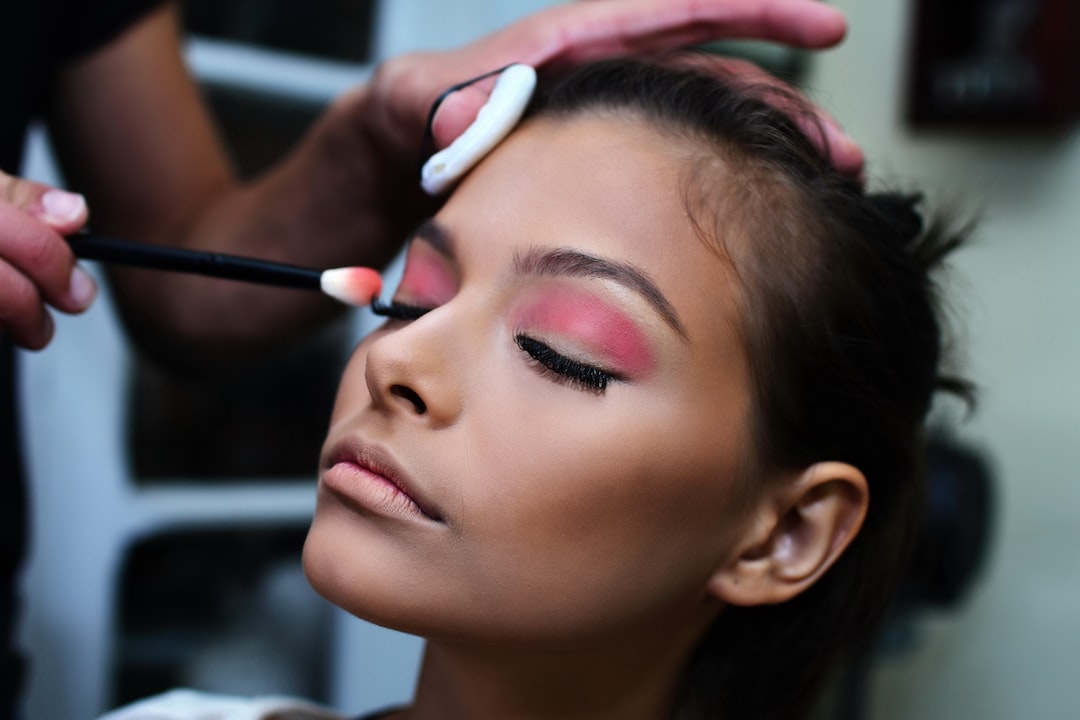Tattoos have become increasingly popular in recent years, with many individuals expressing themselves through vibrant and intricate body art. However, as lifestyles and preferences change, some people may find themselves wanting to remove their tattoos. The decision to remove a tattoo can be a difficult one, but advancements in technology have made the process less painful and more effective. In this article, we will explore the least painful tattoo removal techniques available today.
Laser Tattoo Removal
Laser tattoo removal has revolutionized the tattoo removal industry. It is one of the most popular and least painful techniques available. The process involves using laser technology to break down the tattoo ink into smaller particles, which are then naturally eliminated by the body’s immune system.
The laser emits powerful pulses of light that target the tattoo ink without damaging the surrounding skin. The procedure can cause some discomfort, often described as a rubber band snapping against the skin. However, most clinics offer various numbing options to minimize the pain, including topical anesthetics and cooling methods.
Intense Pulsed Light (IPL) Therapy
Intense Pulsed Light (IPL) therapy is another effective and relatively painless method for tattoo removal. Similar to laser technology, IPL uses light energy to break down the tattoo ink particles. However, instead of a laser, IPL utilizes broad-spectrum light with multiple wavelengths.
IPL therapy is often described as a warm sensation on the skin, rather than a painful one. The treatment is usually well-tolerated without the need for any anesthesia. Multiple sessions are required to achieve desired results, but the pain associated with each session is typically minimal.
Topical Creams and Gels

For those seeking a non-invasive and painless tattoo removal option, topical creams and gels may be a suitable choice. These products work by gradually fading the tattoo over time, breaking down the ink pigments within the skin.
While topical creams and gels may be the least painful option, they require consistent and long-term application for noticeable results. Additionally, the effectiveness of these products can vary depending on the type and color of the tattoo.
Choosing to remove a tattoo is a personal decision, and finding the least painful technique is essential for a comfortable experience. Laser tattoo removal and IPL therapy are both effective options that offer minimal discomfort, with various pain management techniques available. Alternatively, topical creams and gels provide a painless alternative, although their effectiveness may vary.
Before undergoing any tattoo removal procedure, it is crucial to consult with a qualified professional who can assess the tattoo and recommend the most suitable technique. With advancements in technology, tattoo removal has become more accessible and less painful, allowing individuals to embark on a fresh start.







